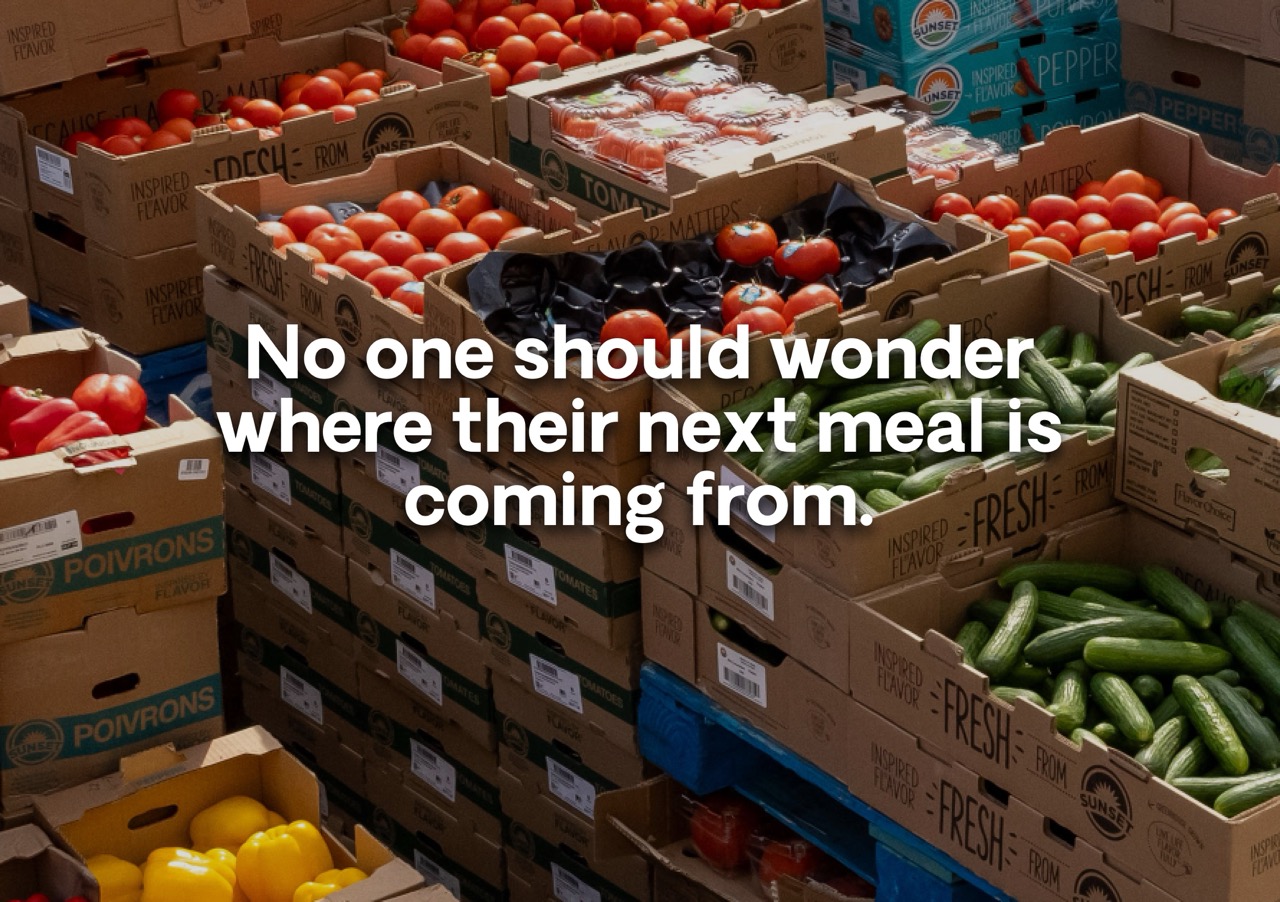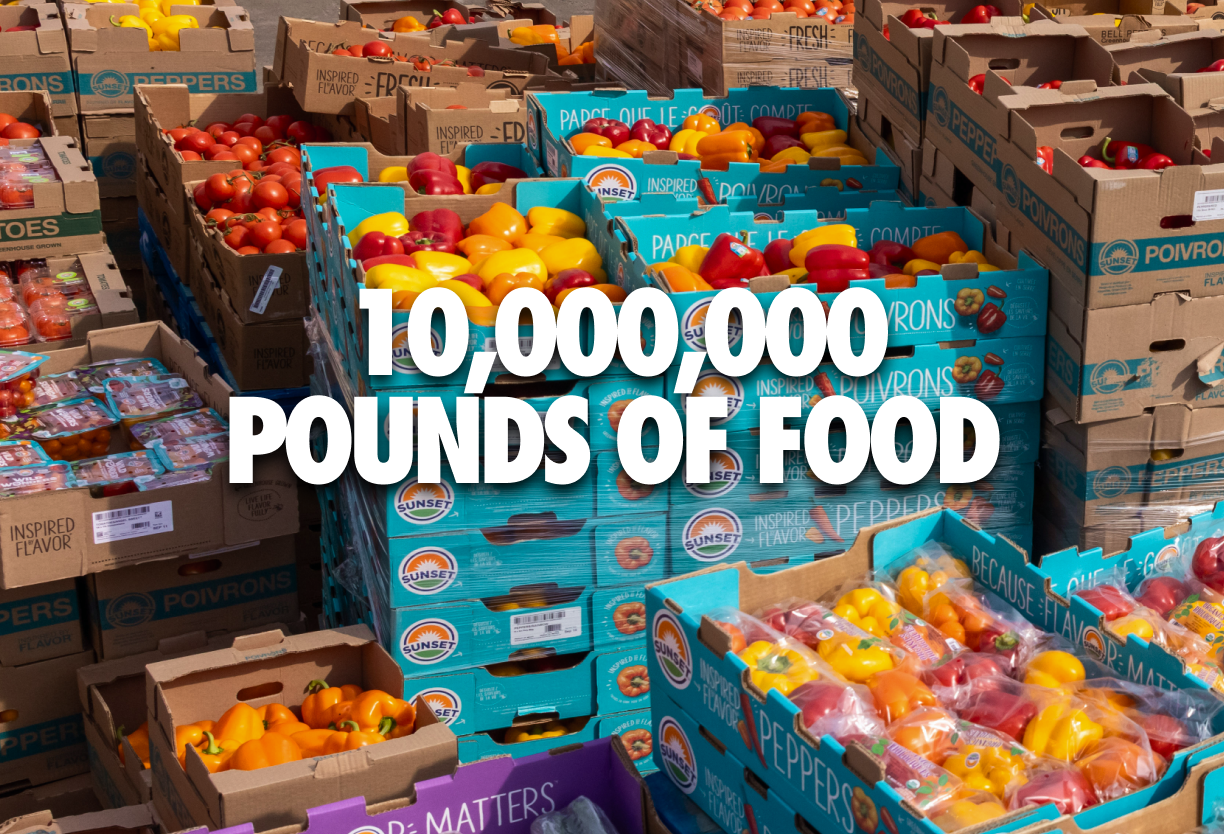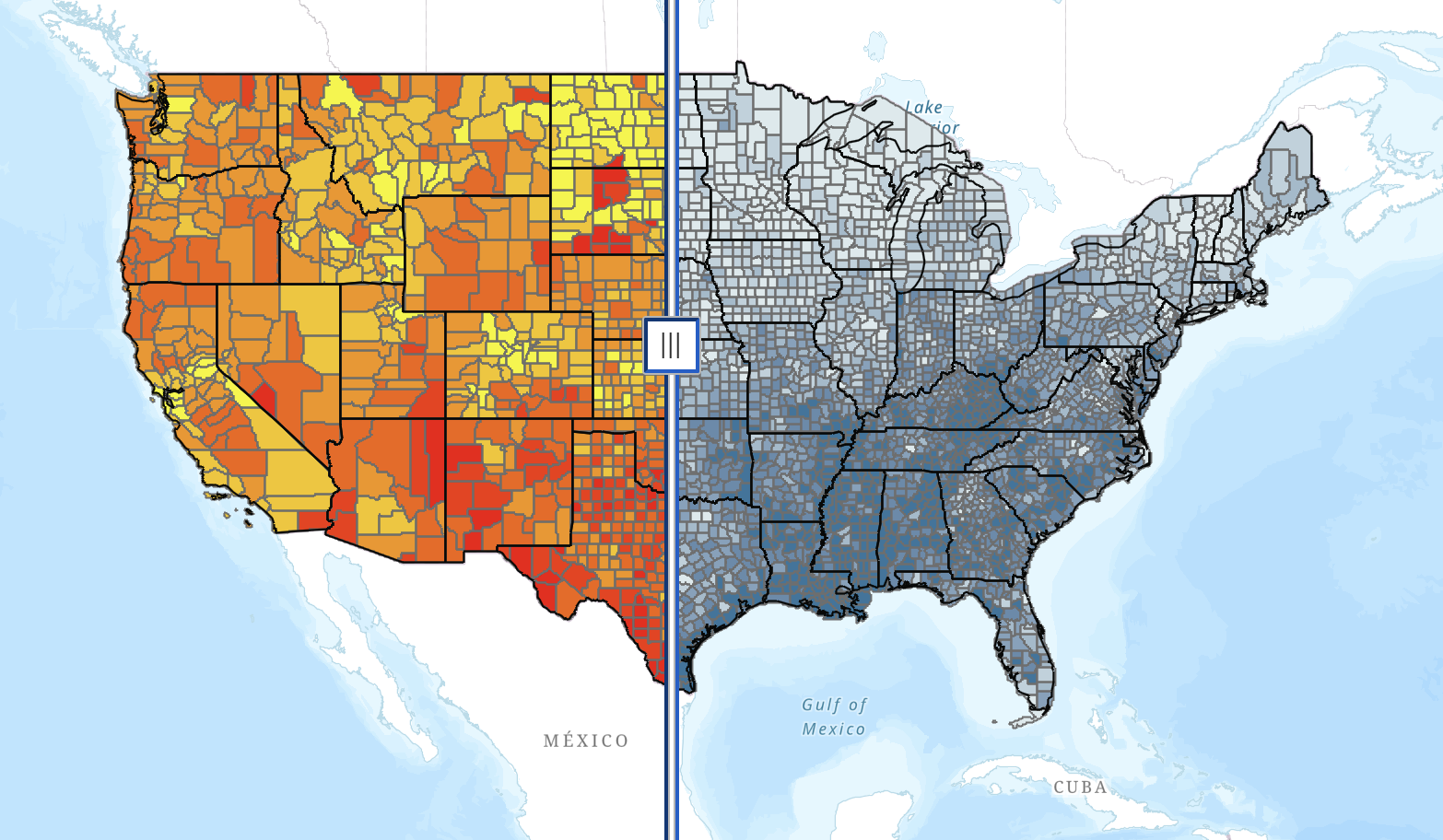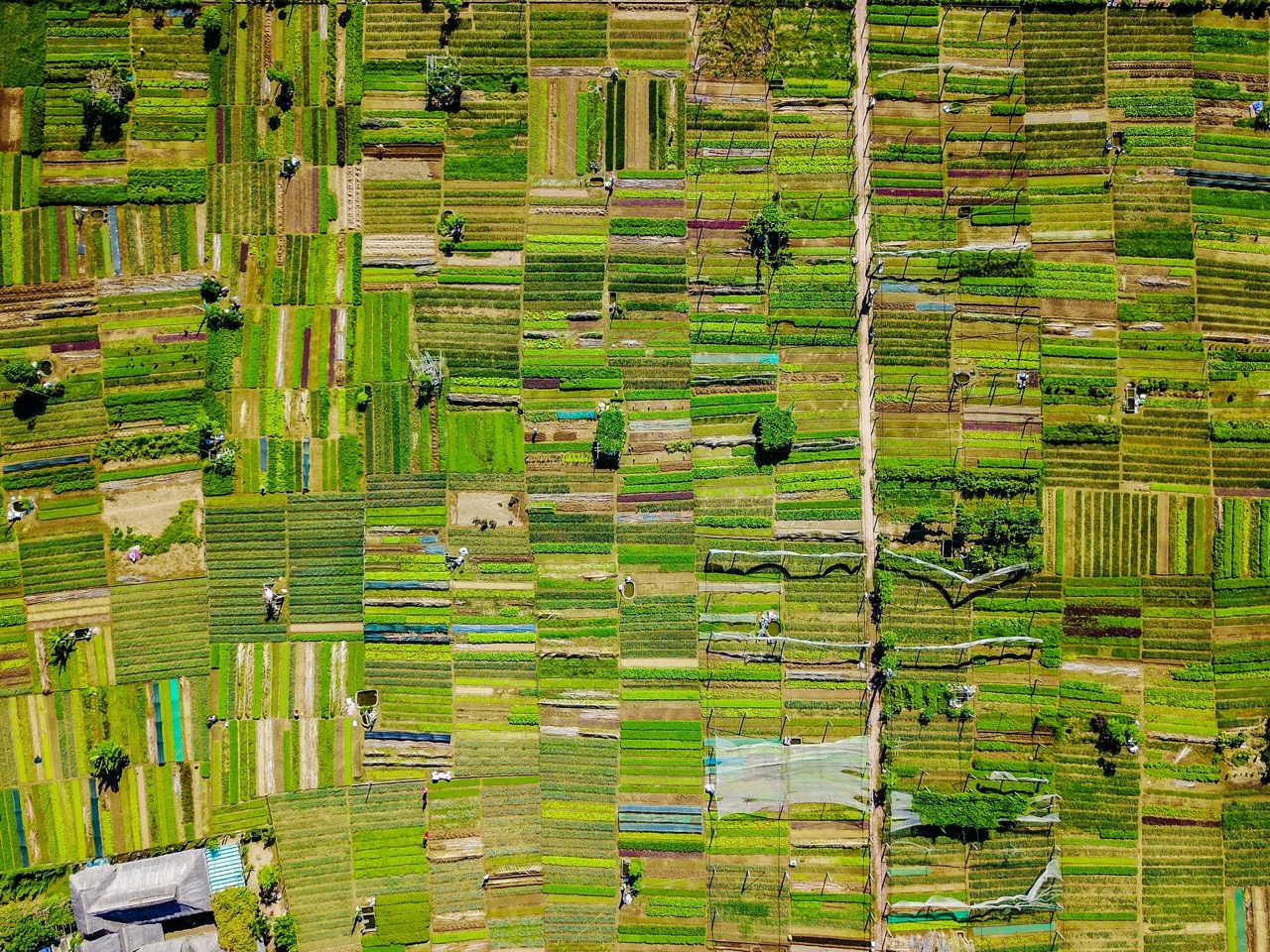From the beginning, Lindsay Carlin has shown to be unstoppable. When she first applied to be a member of the internal team for the summer 2020 term, Lindsay was not offered a position, but a few months later, she applied again, saying to me recently that she “wanted to be a part of this project so badly that [she] decided to risk embarrassing herself.” Lindsay joined the Food Insecurity Team (now called the Hunger Outreach Team or HOT) in the fall, initially doing research and eventually moving to placing loads of produce. Once the Farms Team identified surplus produce, she called hunger relief organizations to inquire if they could accept the food and, if they could, helped coordinate the logistics of how to get it to them. “That was so far from what I expected to be doing,” Lindsay said, “because things go wrong all the time with deliveries, and you have to be the one to figure it out.” It was the “polar opposite” of the research work she had previously done, and Lindsay loved the rush of it.

Lindsay stepped up to lead the Hunger Outreach Team in December. She is renowned for her “firefighting”—Farmlink jargon for problem-solving that always requires speed, often takes patience, sometimes takes creativity, and is never easy. She laughed when I asked her about some of her best firefighting stories: a testament to her cheerfulness even in the face of obstacles. She took a deep breath before saying, “Wow, well, there are a lot.”
More importantly, according to HOT member Clayton Elbel, “she is truly a leader of character.” He added that she works “for the common good, regardless of whether it is seen or heard.” It’s no secret that Lindsay works hard—she is everywhere: meetings, team socials, Slack channels. It feels as though every day someone mentions Lindsay in the #shoutouts channel, a place for Farmlinkers to share others’ successes, express gratitude, and give each other the credit they deserve. If Lindsay herself isn’t being shouted-out for some heroic placement, she’s spreading the love to other teammates in the channel. In one year, the number of Slack messages Lindsay has sent surpassed 23,000 (which makes her the most active Slack member by a landslide, tallying up to almost 10,000 messages more than the second most frequent Slack-er, who has a total of about 14,000 messages over a longer duration of time).
This fall, after a full year at The Farmlink Project, Lindsay will be stepping away from her role as Hunger Outreach Team lead. “It’s made me a lot more mature,” 19-year-old Lindsay said of her time at The Farmlink Project, “and it’s helped me become more confident as a person—more comfortable in my own skin and more comfortable being myself.” She also credited “the people,” within and outside of the organization, with giving her perspective on what she values and what she wants to do with her education and career. She highlighted that “it’s made me realize that we need to pay a lot more attention…actually investigate why people are facing these issues and how we can help.”
The Farmlink Project, Lindsay shared, has changed the way she looks at the world and, she added, “that’s not something that you can reverse.” When she walks into a grocery store, Lindsay examines produce labels to see if they came from farms we have sourced produce from. She pays more attention to each of the elements of the food supply chain and consequences on “the earth, the people harvesting the food, the people who are driving the food from point A to point B that we as a society don’t think about.”
Lindsay’s impact on this organization, similarly, is irreversible. “Since she joined The Farmlink Project,” Core Pillar Lead Ben Collier said, “there has not been a person who has been more attentive to peoples’ needs: that includes members of the organization who she leads on the Hunger Outreach Team, those in the organization she is not responsible for but wants to see succeed, and the hundreds we work with outside of Farmlink who she cares so deeply about.” Lindsay will be missed, but she assured me that while she is stepping away from her role, she will most definitely be visiting.

< Back
From the beginning, Lindsay Carlin has shown to be unstoppable. When she first applied to be a member of the internal team for the summer 2020 term, Lindsay was not offered a position, but a few months later, she applied again, saying to me recently that she “wanted to be a part of this project so badly that [she] decided to risk embarrassing herself.” Lindsay joined the Food Insecurity Team (now called the Hunger Outreach Team or HOT) in the fall, initially doing research and eventually moving to placing loads of produce. Once the Farms Team identified surplus produce, she called hunger relief organizations to inquire if they could accept the food and, if they could, helped coordinate the logistics of how to get it to them. “That was so far from what I expected to be doing,” Lindsay said, “because things go wrong all the time with deliveries, and you have to be the one to figure it out.” It was the “polar opposite” of the research work she had previously done, and Lindsay loved the rush of it.

Lindsay stepped up to lead the Hunger Outreach Team in December. She is renowned for her “firefighting”—Farmlink jargon for problem-solving that always requires speed, often takes patience, sometimes takes creativity, and is never easy. She laughed when I asked her about some of her best firefighting stories: a testament to her cheerfulness even in the face of obstacles. She took a deep breath before saying, “Wow, well, there are a lot.”
More importantly, according to HOT member Clayton Elbel, “she is truly a leader of character.” He added that she works “for the common good, regardless of whether it is seen or heard.” It’s no secret that Lindsay works hard—she is everywhere: meetings, team socials, Slack channels. It feels as though every day someone mentions Lindsay in the #shoutouts channel, a place for Farmlinkers to share others’ successes, express gratitude, and give each other the credit they deserve. If Lindsay herself isn’t being shouted-out for some heroic placement, she’s spreading the love to other teammates in the channel. In one year, the number of Slack messages Lindsay has sent surpassed 23,000 (which makes her the most active Slack member by a landslide, tallying up to almost 10,000 messages more than the second most frequent Slack-er, who has a total of about 14,000 messages over a longer duration of time).
This fall, after a full year at The Farmlink Project, Lindsay will be stepping away from her role as Hunger Outreach Team lead. “It’s made me a lot more mature,” 19-year-old Lindsay said of her time at The Farmlink Project, “and it’s helped me become more confident as a person—more comfortable in my own skin and more comfortable being myself.” She also credited “the people,” within and outside of the organization, with giving her perspective on what she values and what she wants to do with her education and career. She highlighted that “it’s made me realize that we need to pay a lot more attention…actually investigate why people are facing these issues and how we can help.”
The Farmlink Project, Lindsay shared, has changed the way she looks at the world and, she added, “that’s not something that you can reverse.” When she walks into a grocery store, Lindsay examines produce labels to see if they came from farms we have sourced produce from. She pays more attention to each of the elements of the food supply chain and consequences on “the earth, the people harvesting the food, the people who are driving the food from point A to point B that we as a society don’t think about.”
Lindsay’s impact on this organization, similarly, is irreversible. “Since she joined The Farmlink Project,” Core Pillar Lead Ben Collier said, “there has not been a person who has been more attentive to peoples’ needs: that includes members of the organization who she leads on the Hunger Outreach Team, those in the organization she is not responsible for but wants to see succeed, and the hundreds we work with outside of Farmlink who she cares so deeply about.” Lindsay will be missed, but she assured me that while she is stepping away from her role, she will most definitely be visiting.

Lindsay Carlin
Hunger Outreach Team Lead
From the beginning, Lindsay Carlin has shown to be unstoppable. When she first applied to be a member of the internal team for the summer 2020 term, Lindsay was not offered a position, but a few months later, she applied again, saying to me recently that she “wanted to be a part of this project so badly that [she] decided to risk embarrassing herself.” Lindsay joined the Food Insecurity Team (now called the Hunger Outreach Team or HOT) in the fall, initially doing research and eventually moving to placing loads of produce. Once the Farms Team identified surplus produce, she called hunger relief organizations to inquire if they could accept the food and, if they could, helped coordinate the logistics of how to get it to them. “That was so far from what I expected to be doing,” Lindsay said, “because things go wrong all the time with deliveries, and you have to be the one to figure it out.” It was the “polar opposite” of the research work she had previously done, and Lindsay loved the rush of it.

Lindsay stepped up to lead the Hunger Outreach Team in December. She is renowned for her “firefighting”—Farmlink jargon for problem-solving that always requires speed, often takes patience, sometimes takes creativity, and is never easy. She laughed when I asked her about some of her best firefighting stories: a testament to her cheerfulness even in the face of obstacles. She took a deep breath before saying, “Wow, well, there are a lot.”
More importantly, according to HOT member Clayton Elbel, “she is truly a leader of character.” He added that she works “for the common good, regardless of whether it is seen or heard.” It’s no secret that Lindsay works hard—she is everywhere: meetings, team socials, Slack channels. It feels as though every day someone mentions Lindsay in the #shoutouts channel, a place for Farmlinkers to share others’ successes, express gratitude, and give each other the credit they deserve. If Lindsay herself isn’t being shouted-out for some heroic placement, she’s spreading the love to other teammates in the channel. In one year, the number of Slack messages Lindsay has sent surpassed 23,000 (which makes her the most active Slack member by a landslide, tallying up to almost 10,000 messages more than the second most frequent Slack-er, who has a total of about 14,000 messages over a longer duration of time).
This fall, after a full year at The Farmlink Project, Lindsay will be stepping away from her role as Hunger Outreach Team lead. “It’s made me a lot more mature,” 19-year-old Lindsay said of her time at The Farmlink Project, “and it’s helped me become more confident as a person—more comfortable in my own skin and more comfortable being myself.” She also credited “the people,” within and outside of the organization, with giving her perspective on what she values and what she wants to do with her education and career. She highlighted that “it’s made me realize that we need to pay a lot more attention…actually investigate why people are facing these issues and how we can help.”
The Farmlink Project, Lindsay shared, has changed the way she looks at the world and, she added, “that’s not something that you can reverse.” When she walks into a grocery store, Lindsay examines produce labels to see if they came from farms we have sourced produce from. She pays more attention to each of the elements of the food supply chain and consequences on “the earth, the people harvesting the food, the people who are driving the food from point A to point B that we as a society don’t think about.”
Lindsay’s impact on this organization, similarly, is irreversible. “Since she joined The Farmlink Project,” Core Pillar Lead Ben Collier said, “there has not been a person who has been more attentive to peoples’ needs: that includes members of the organization who she leads on the Hunger Outreach Team, those in the organization she is not responsible for but wants to see succeed, and the hundreds we work with outside of Farmlink who she cares so deeply about.” Lindsay will be missed, but she assured me that while she is stepping away from her role, she will most definitely be visiting.

.png)








.svg)
.svg)
.svg)